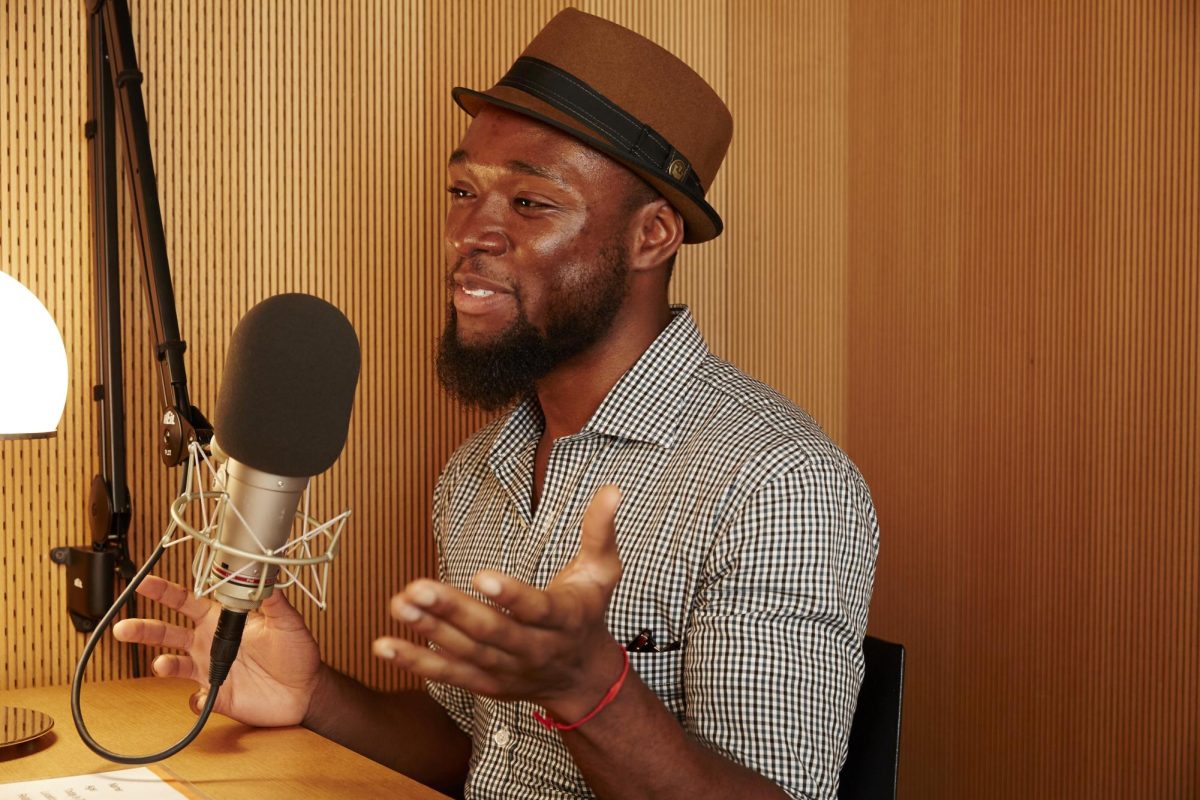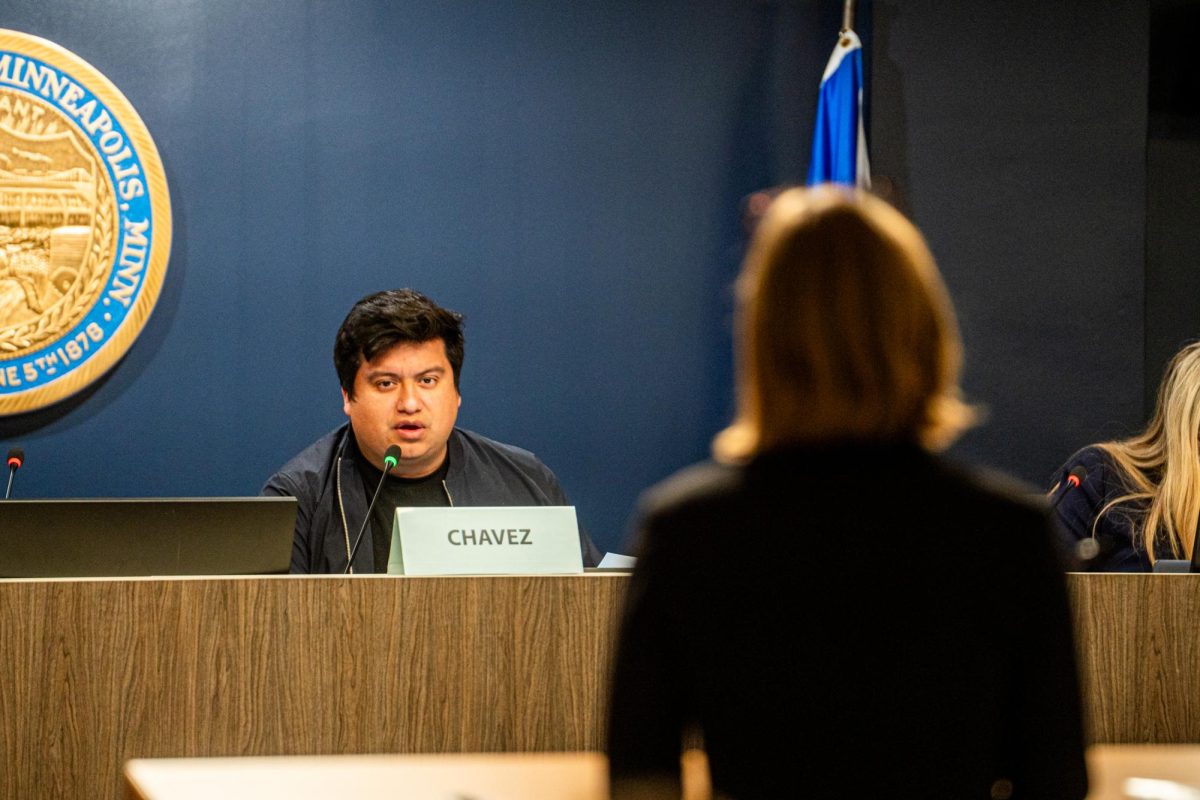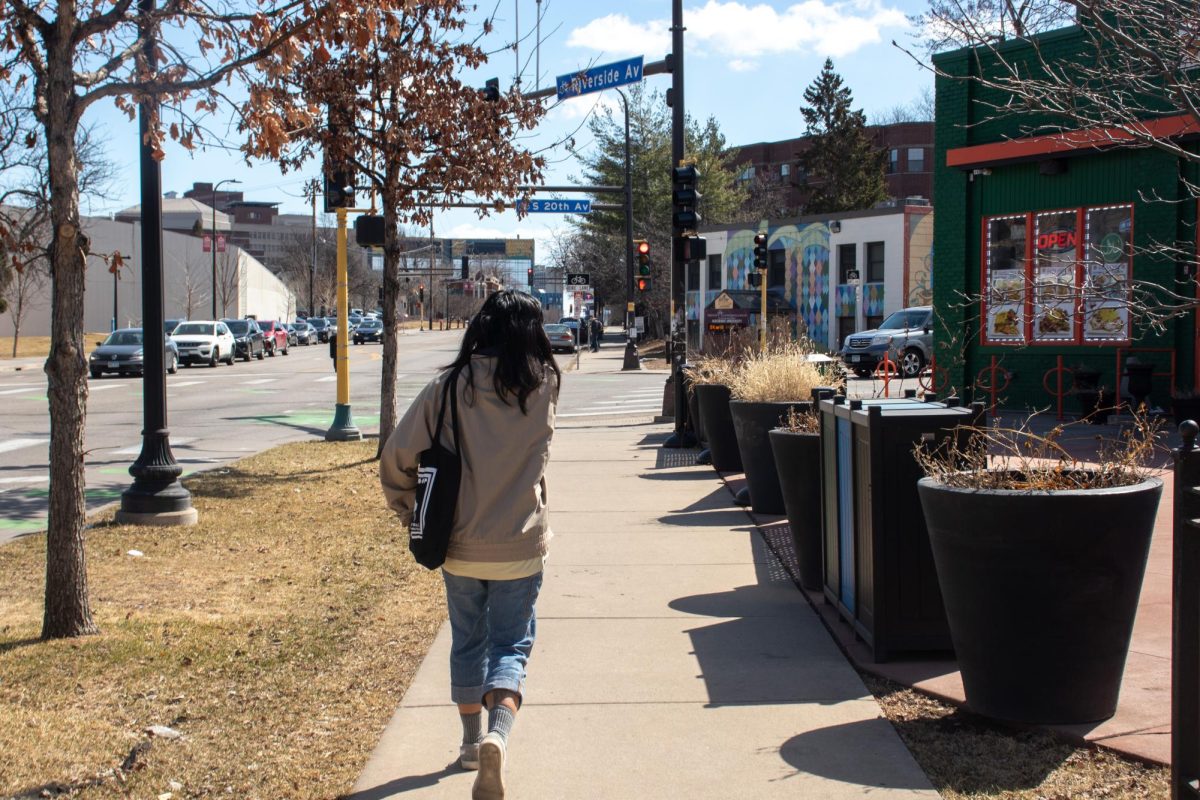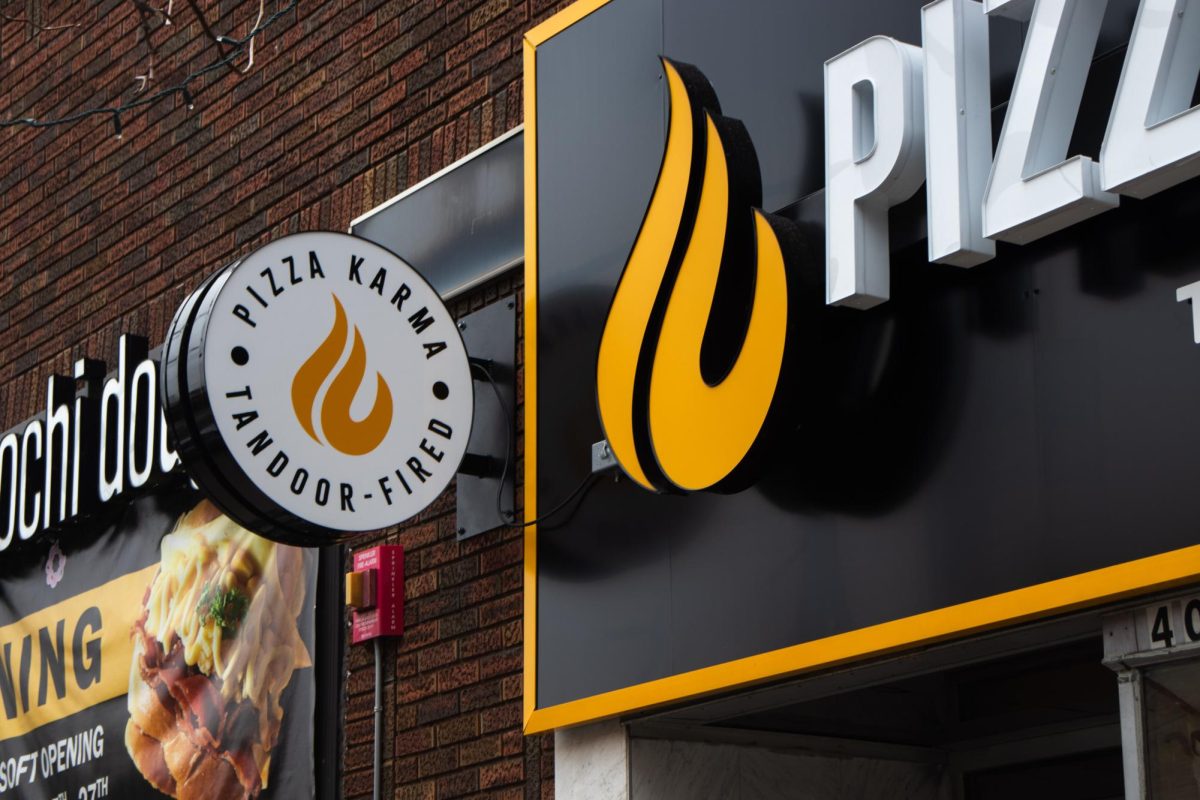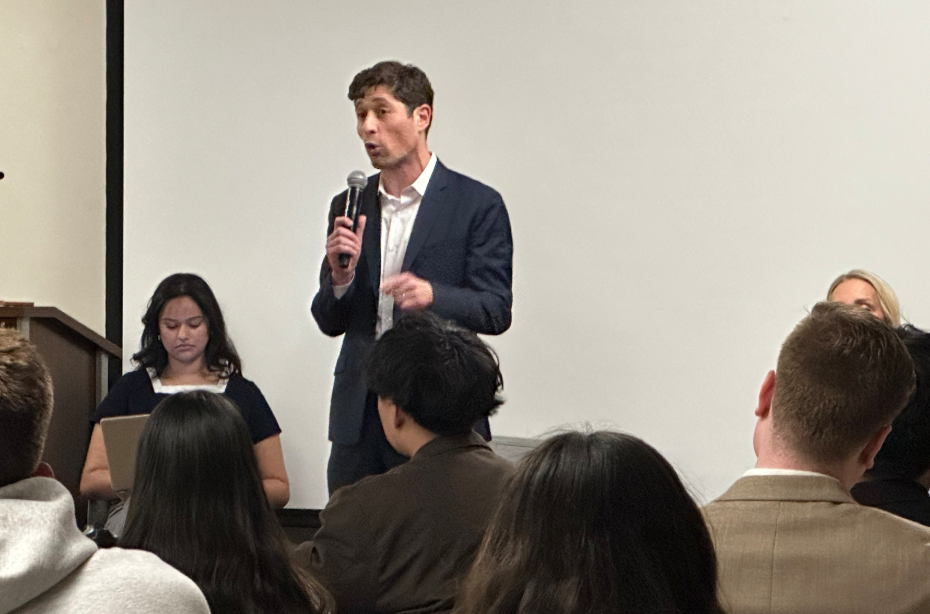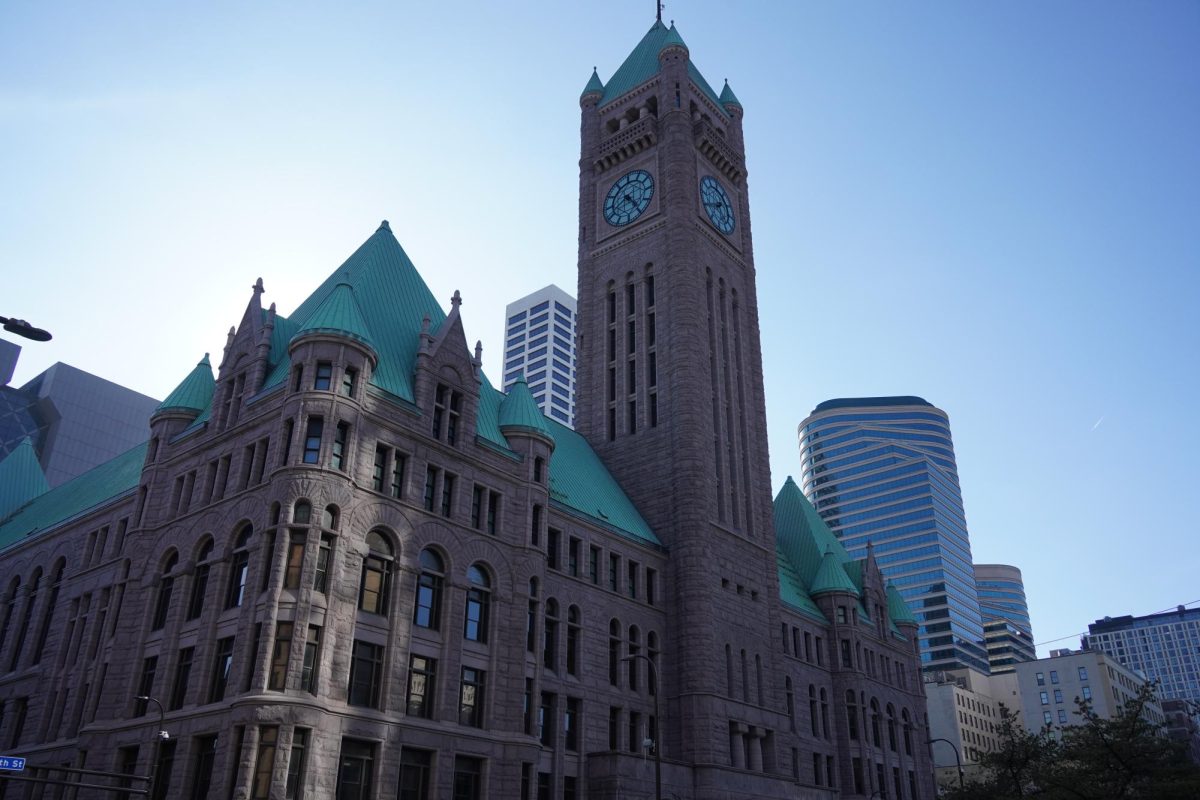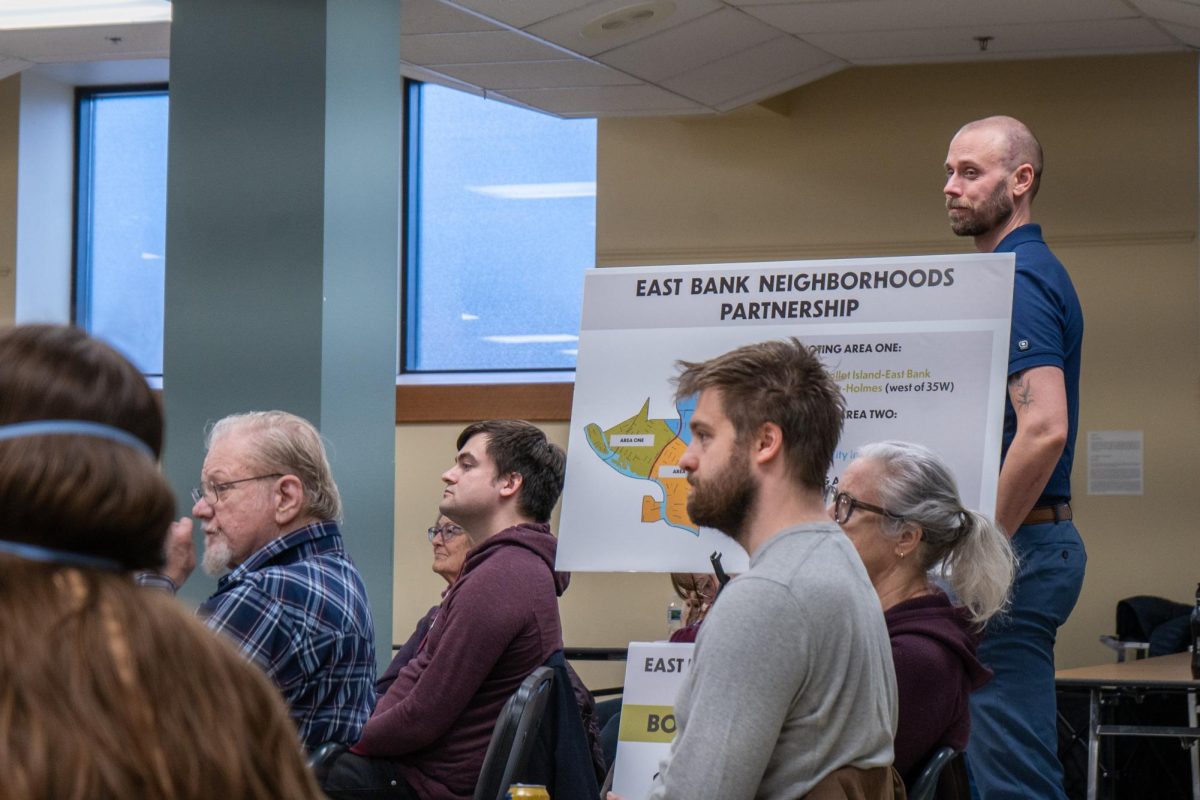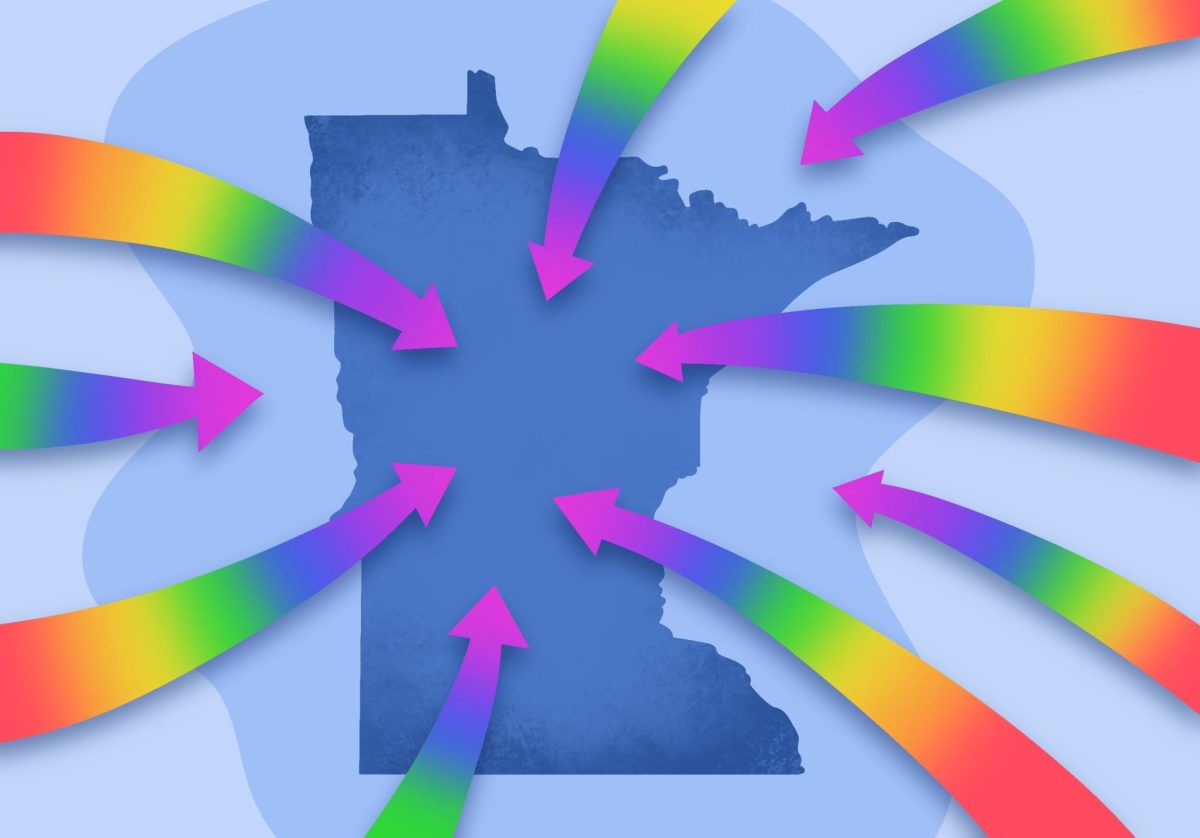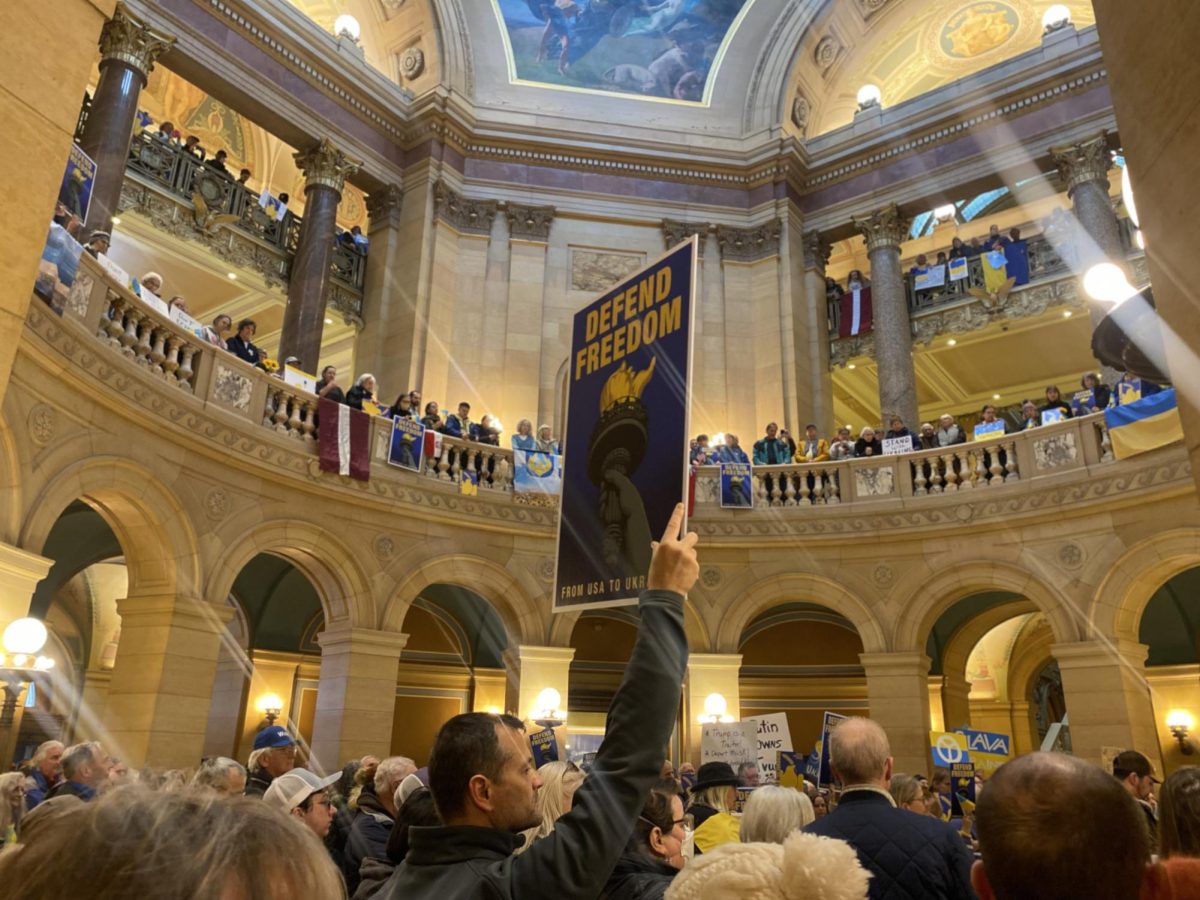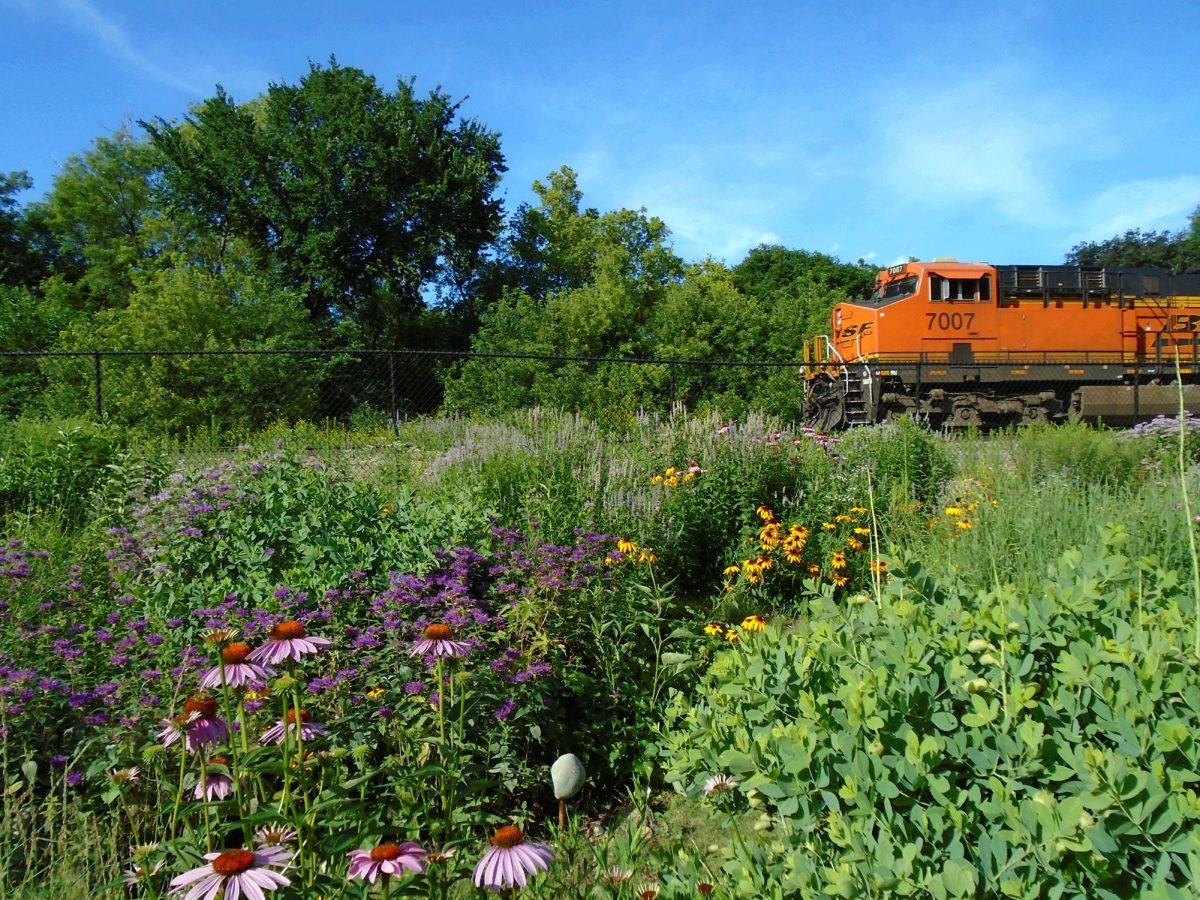Minneapolis is partnering with journalism organization StoryCorps Studios for a project to collect resident stories and cultivate racial healing.
Five years after the murder of George Floyd by Minneapolis police, the director of Minneapolis’ Racial Equity, Inclusion and Belonging department Prince Corbett said a project with StoryCorps was an opportunity for Minneapolis to work toward social racial healing.
“We wanted to create a window of opportunity for people to reflect back and be able to interview their family members, friends, loved ones, even people they may not agree with, about their experiences and what has happened five years later,” Corbett said.
The heart of the Racial Equity, Inclusion and Belonging department’s work centers on reducing disparities in racial equity through oral history projects and grants for organizations dealing with community trauma.
A year after the city initially connected with StoryCorps, Minneapolis residents can record and save their stories to the “Minneapolis Your Story” project through an online recording booth until May 31. StoryCorps’ traveling recording studio will be in Minneapolis from May 13-22 where residents can record their story in person.
Corbett said racial healing has three components: individual, community and institutional system healing. Minneapolis’s StoryCorps project will focus on community healing.
“The murder of George Floyd shows up differently within different communities,” Corbett said. “As we’re able to sit down and be able to listen to those conversations, the more we have a deeper understanding of a perspective or a different experience that someone is coming from.”
Caitlin Moses Bowser, StoryCorps’ managing director who oversees project partnerships, said starting a storytelling project with a city begins with a conversation between community leaders to identify the city’s goals for the project.
“The city’s goals are to really think about how they can give and hold space to hear from those who are really oftentimes not heard from, who are not in the newspaper every day, who oftentimes whose perspectives they might not think matter so much,” Moses Bowser said.
StoryCorps’ unique journalism model centers around conversation, where participants ask each other questions and share their perspectives in a safe space, Moses Bowser said.
“The microphone, oftentimes, really gives you license to ask questions that you might not feel comfortable to ask in normal day-to-day life,” Moses Bowser said.
StoryCorps has the largest collection of human voices ever recorded, stored in an archive in the Library of Congress where people can access them long after being recorded.
Corbett, who had a personal experience finding the story of an unknown family member through the StoryCorps archive, said the ability for future generations to hear the voices of today’s residents was important for him.
Moses Bowser said any Minneapolis resident can submit their story to the project with the city, especially hoping to hear from young people.
Corbett said he hopes the project will create a space for conversation and open up the possibility for understanding between Minneapolis residents.
“In an ideal world, an outcome would be bringing together two people, who may not necessarily agree about all of the outcomes or the circumstances of a situation, to be able to sit down and have a conversation with each other,” Corbett said.
An interview can be recorded and submitted to the “Minneapolis Your Story” project on StoryCorps’ website.


